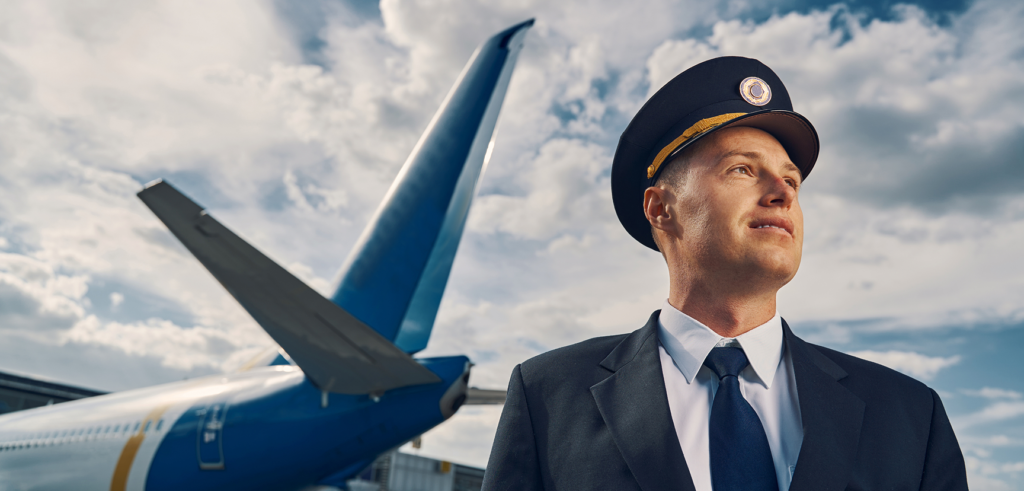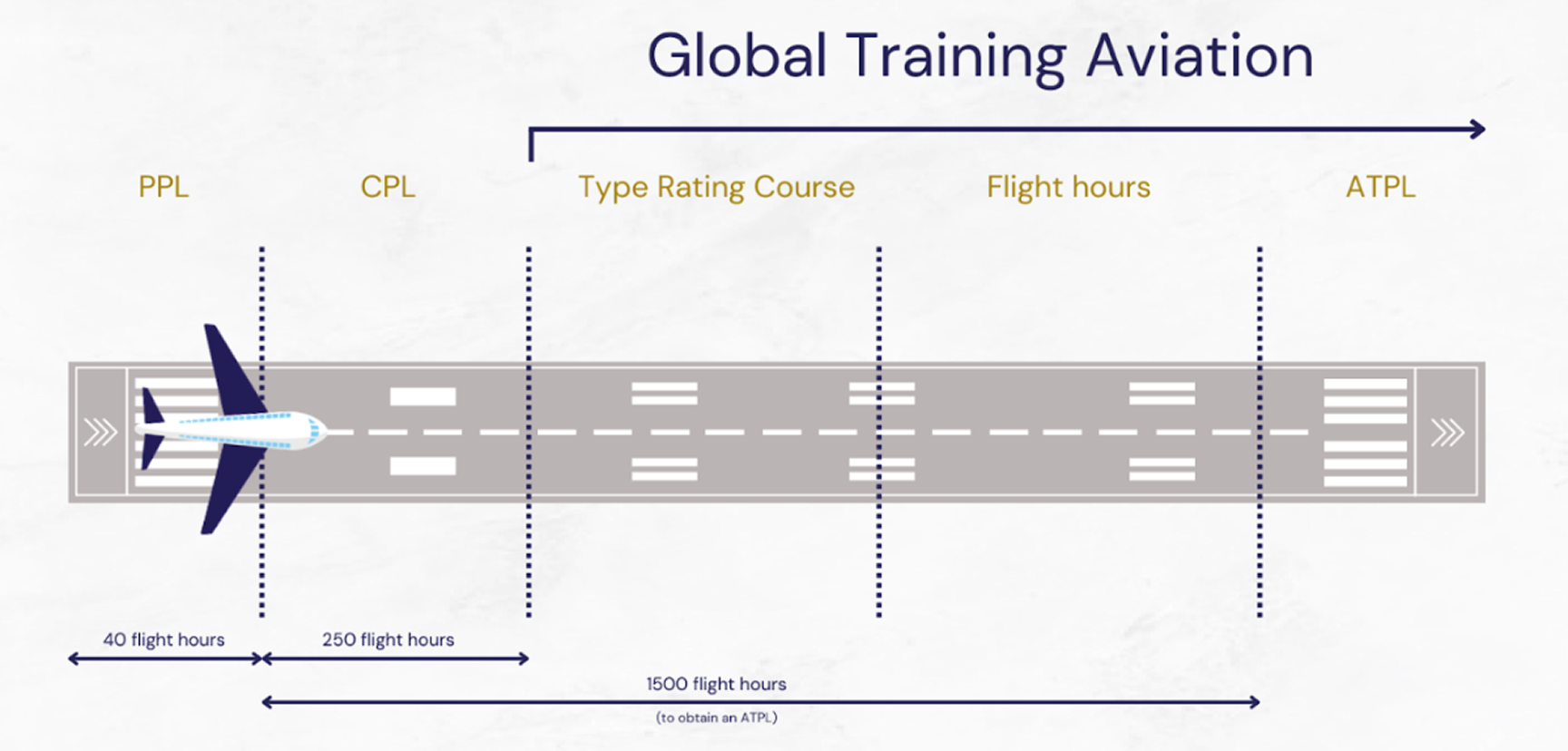
The CPL training program includes a comprehensive set of theoretical subjects to equip pilots with the necessary knowledge for professional aviation. These subjects include Air Law, Aircraft General Knowledge, Flight Performance and Planning, Human Performance and Limitations, Meteorology, Navigation, Operational Procedures, Principles of Flight, and Communications.
Each subject plays a crucial role in pilot training. For instance, Meteorology helps pilots understand weather patterns and their impact on flights, while Navigation ensures they can plan and execute routes safely. Human Performance and Limitations educates pilots on physiological and psychological factors affecting flight safety. Together, these subjects create
a strong foundation for safe and efficient commercial flying.

To pursue a Commercial Pilot License (CPL), certain prerequisites must be met. First, applicants must hold a valid Private Pilot License (PPL), as the CPL builds upon the foundational knowledge and skills gained during PPL training. Additionally, candidates must have completed a minimum number of flight hours, typically between 180 and 250 hours of flight time, including both solo and dual command instruction, and cross-country flying experience.
Other requirements include passing medical exams, which ensure that the pilot meets the health standards necessary for commercial flying, and successfully completing theoretical exams in various subjects such as aviation law, navigation, and meteorology. In some cases, candidates may also need to complete a specific language proficiency test, depending on the aviation authority. These requirements ensure that pilots have the competence to fly commercially and safely.
A CPL course provides a comprehensive training experience that includes both theoretical and practical components.
The theoretical training covers the above-mentioned subjects, which are essential for acquiring the knowledge necessary for safe flight.
The practical training consists of in-flight instruction, where students gain hands-on experience in various flight maneuvers, emergency procedures, and navigation techniques. Students also complete simulator sessions to practice handling complex situations in a controlled environment. Additionally, the course includes flight planning exercises, where students learn to plan routes, calculate fuel requirements, and ensure the safety and efficiency of their flights.


The decision between a Commercial Pilot License (CPL) and an Airline Transport Pilot License (ATPL) depends on your career goals.
A CPL allows you to fly commercially, offering opportunities in charter services, flight schools, and other aviation roles. However, it’s usually the first step for those aspiring to a career as an airline captain.
On the other hand, an ATPL, is a more advanced license that qualifies you to serve as the pilot-in-command for scheduled airline operations. It requires more flight hours, deeper knowledge, and a higher level of responsibility. While a CPL is often sufficient for many commercial flying roles, an ATPL is necessary for senior positions in major airlines. Therefore, while the CPL is a great start, the ATPL is typically considered the ultimate goal for those looking to advance in the aviation industry.
The difficulty of a CPL flight test depends on your preparation and experience. While it is a challenging test, it is designed to assess the skills and knowledge you’ve developed throughout your training. The flight test typically involves demonstrating proficiency in various maneuvers, emergency procedures, and flight planning, all while maintaining a high standard of safety and professionalism.
If you want to know more about the CPL license, click here to read this article.
